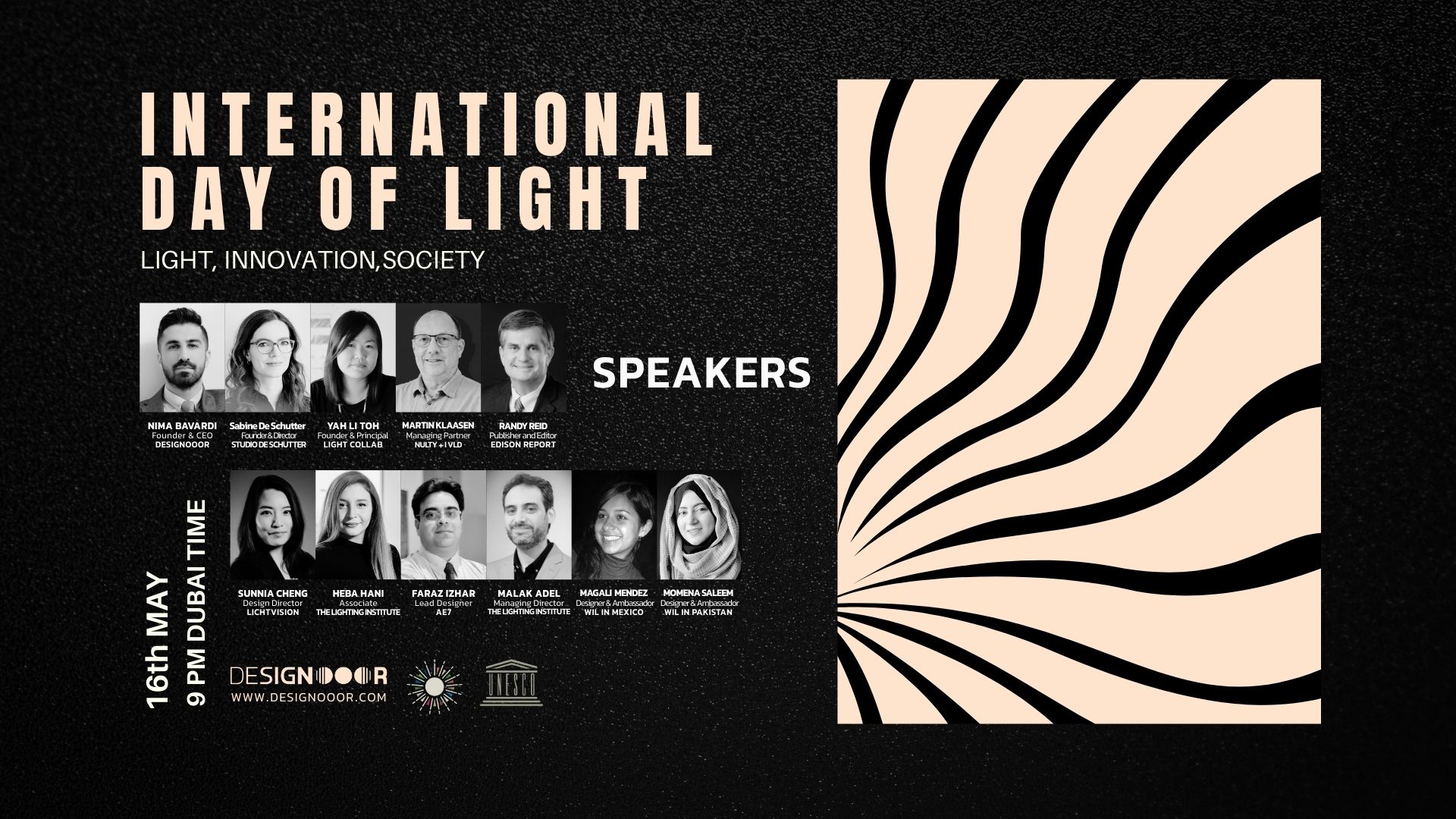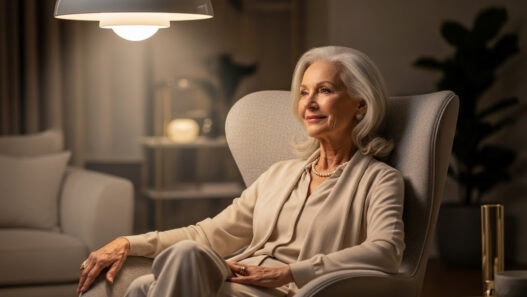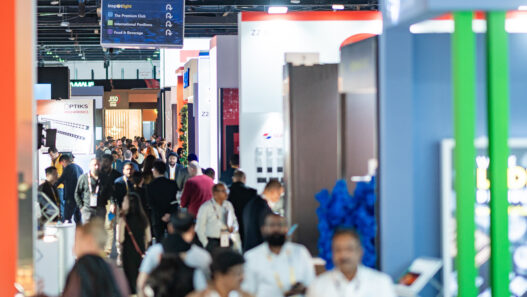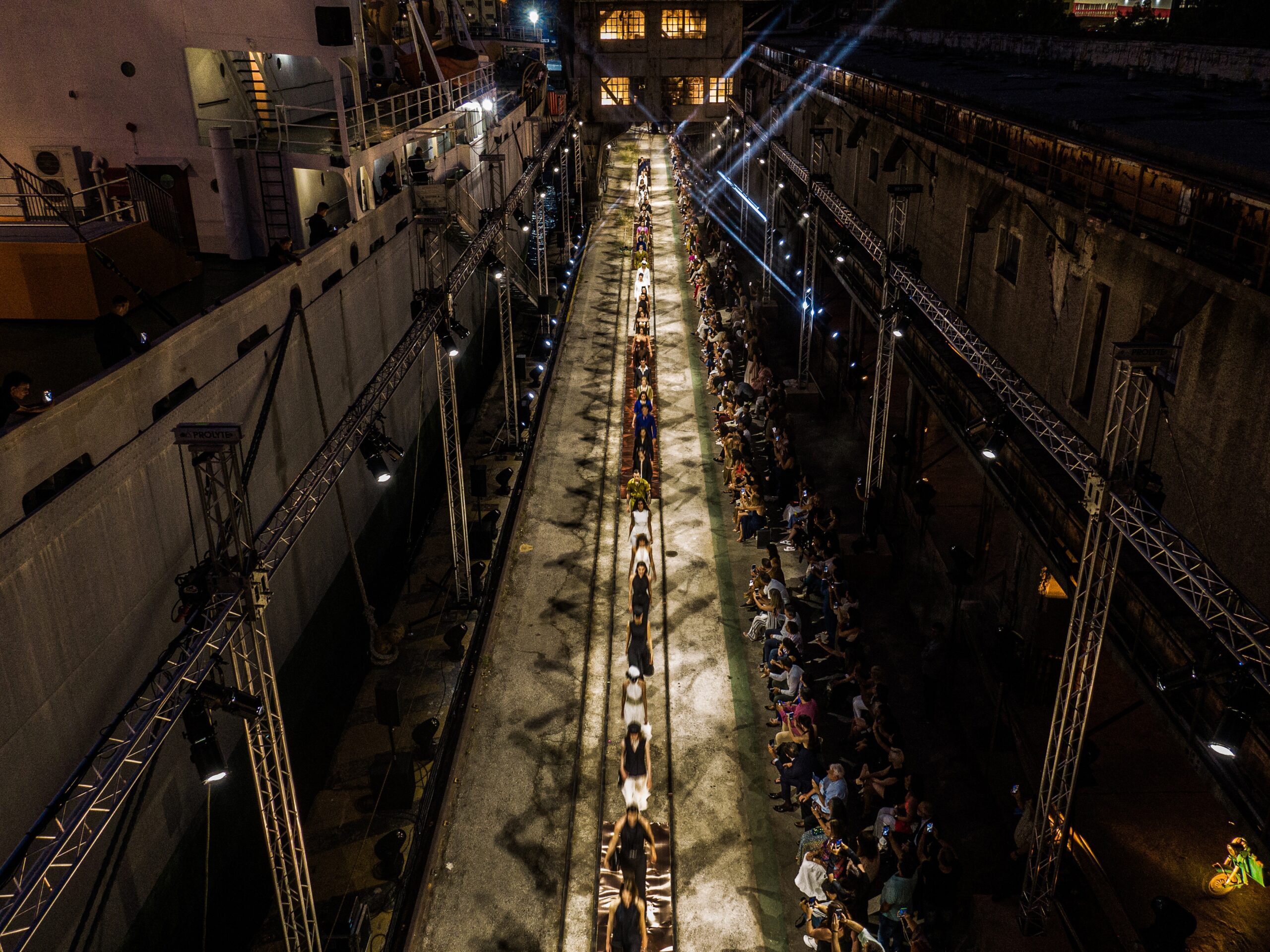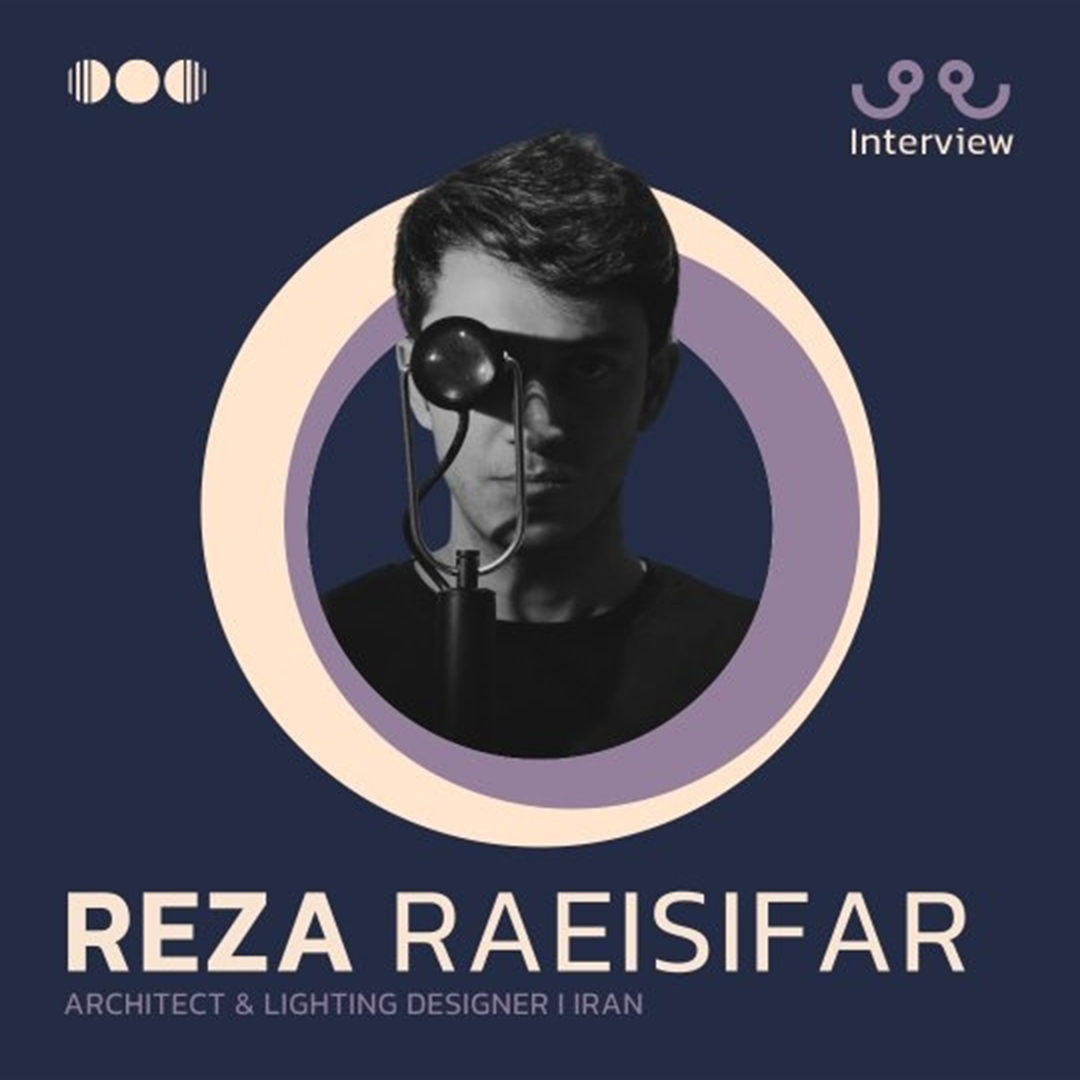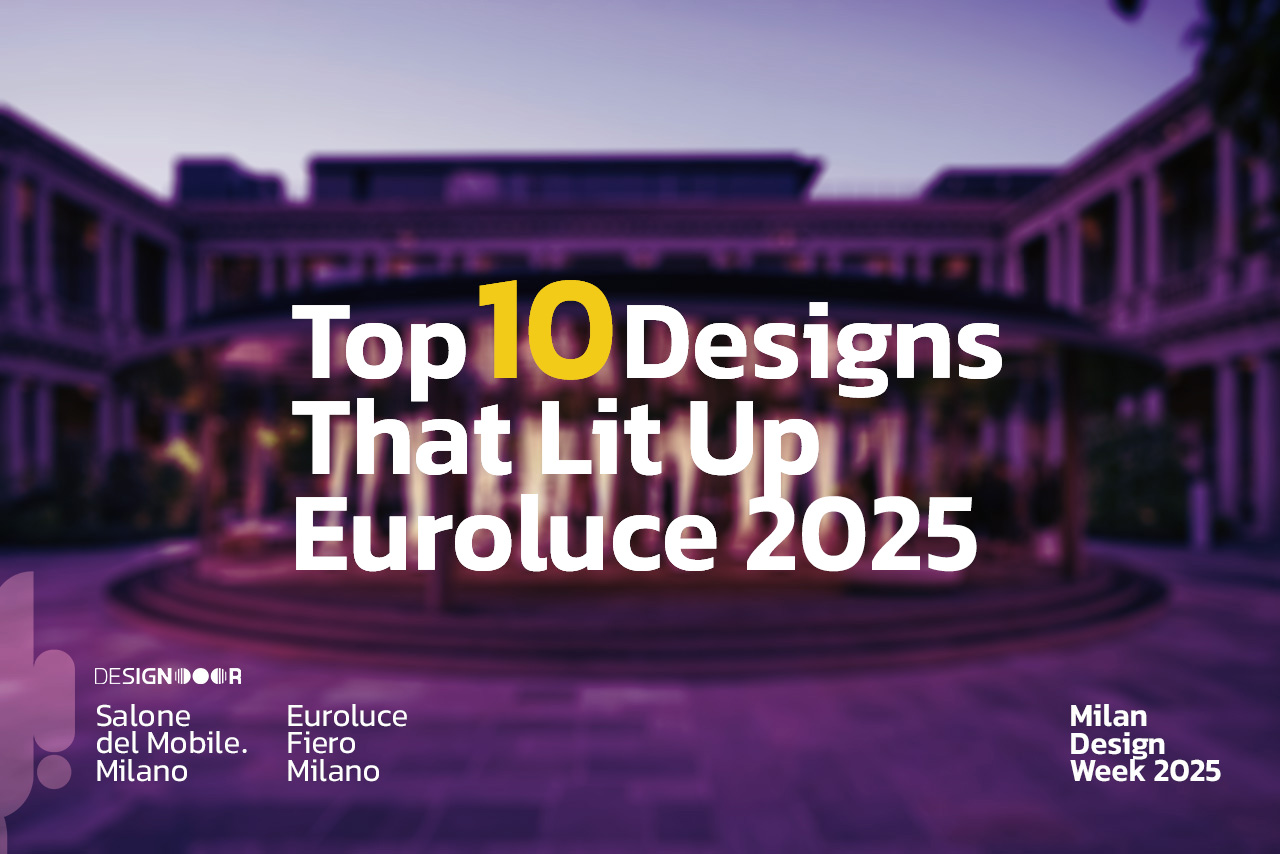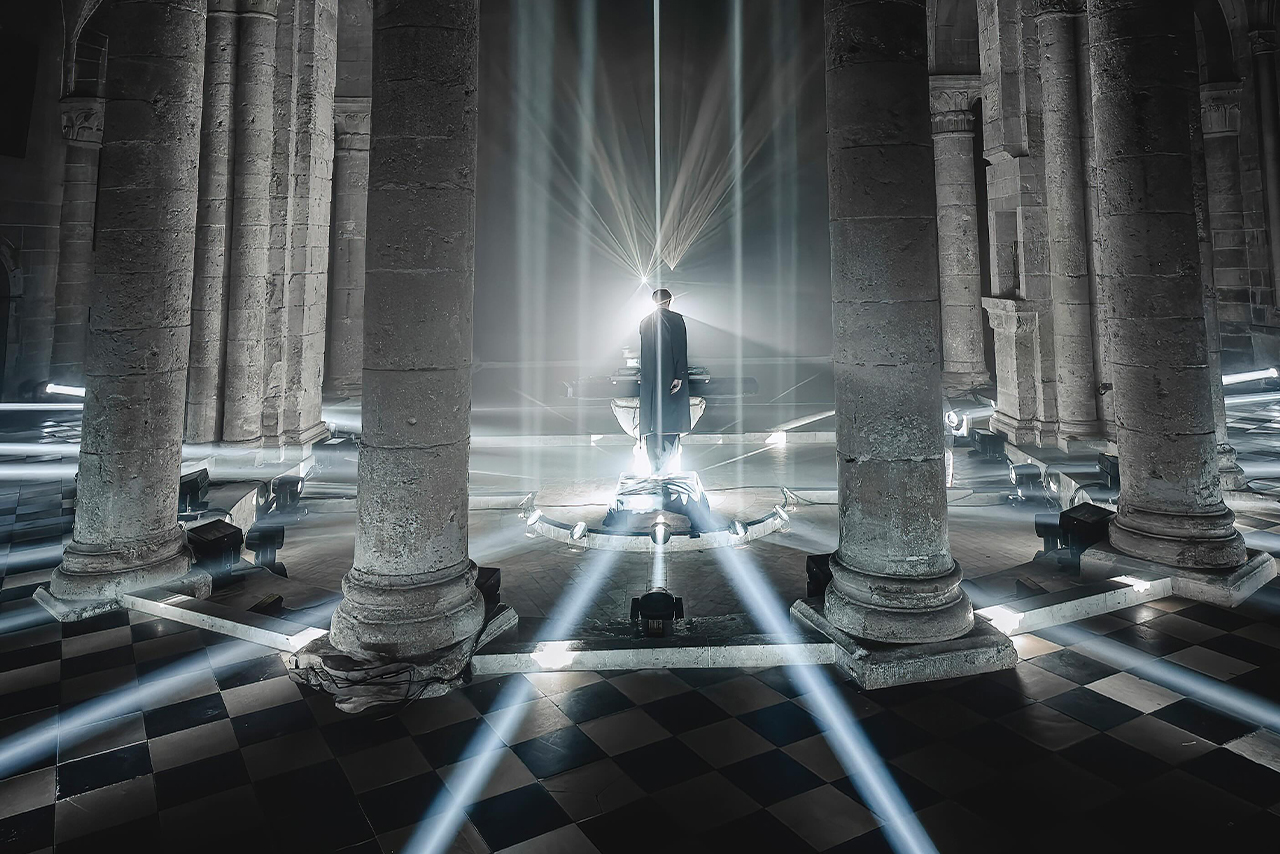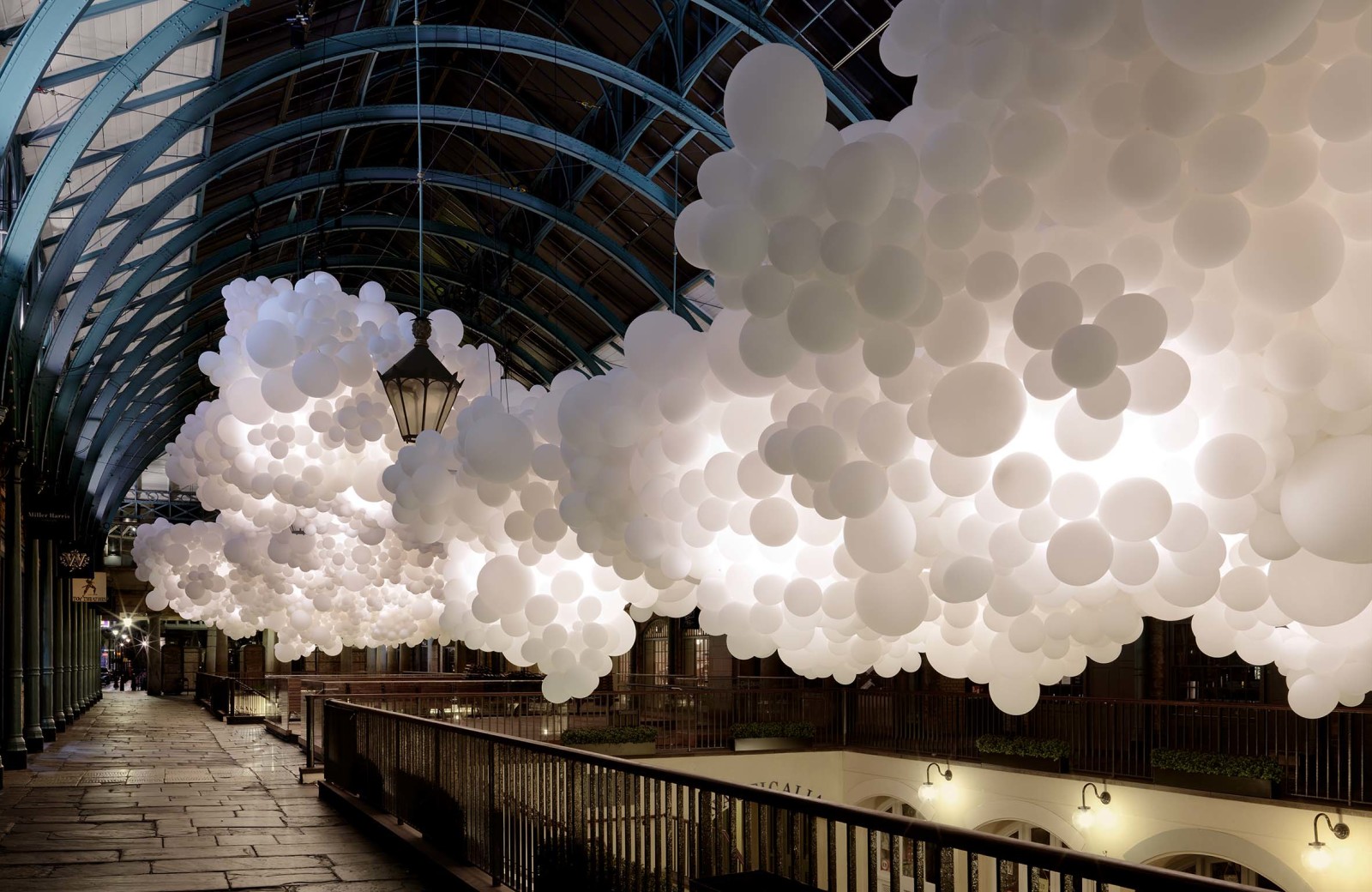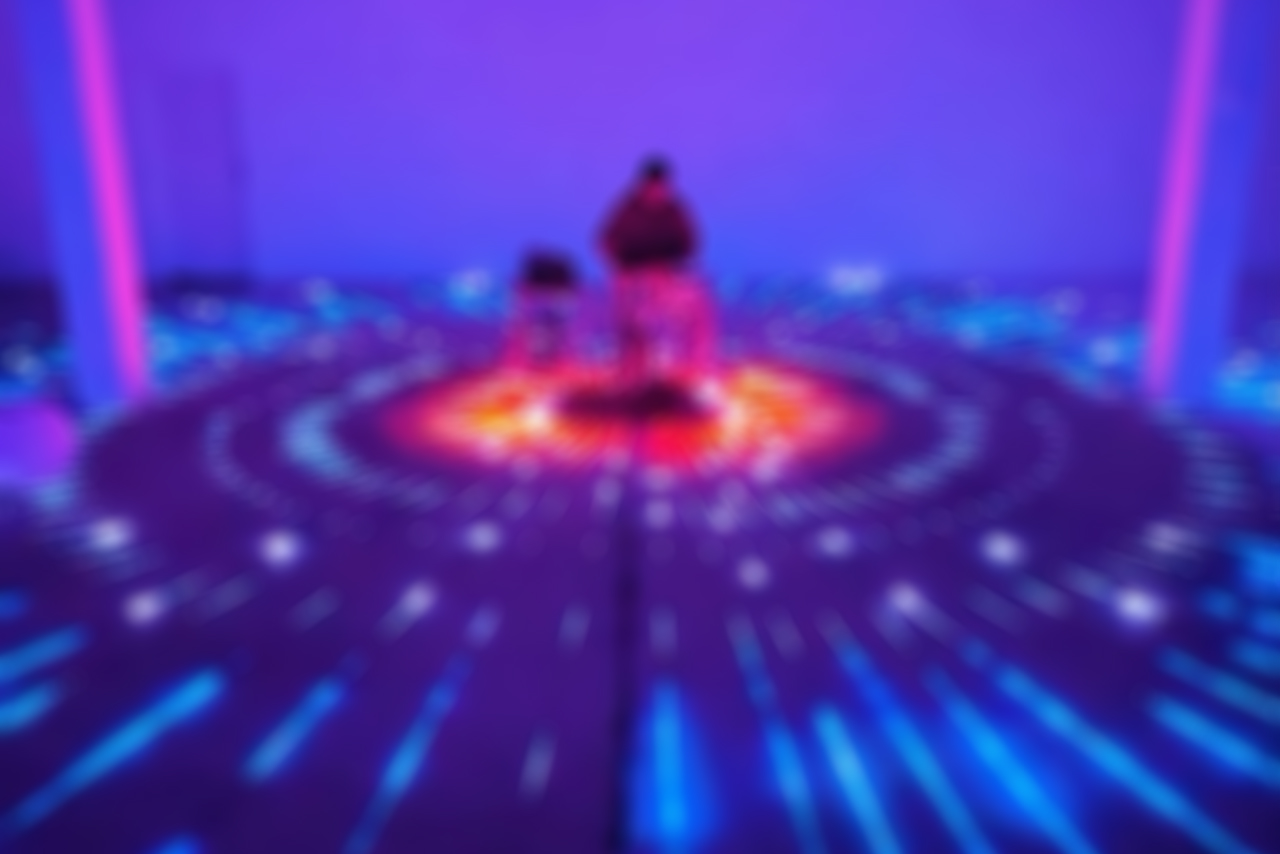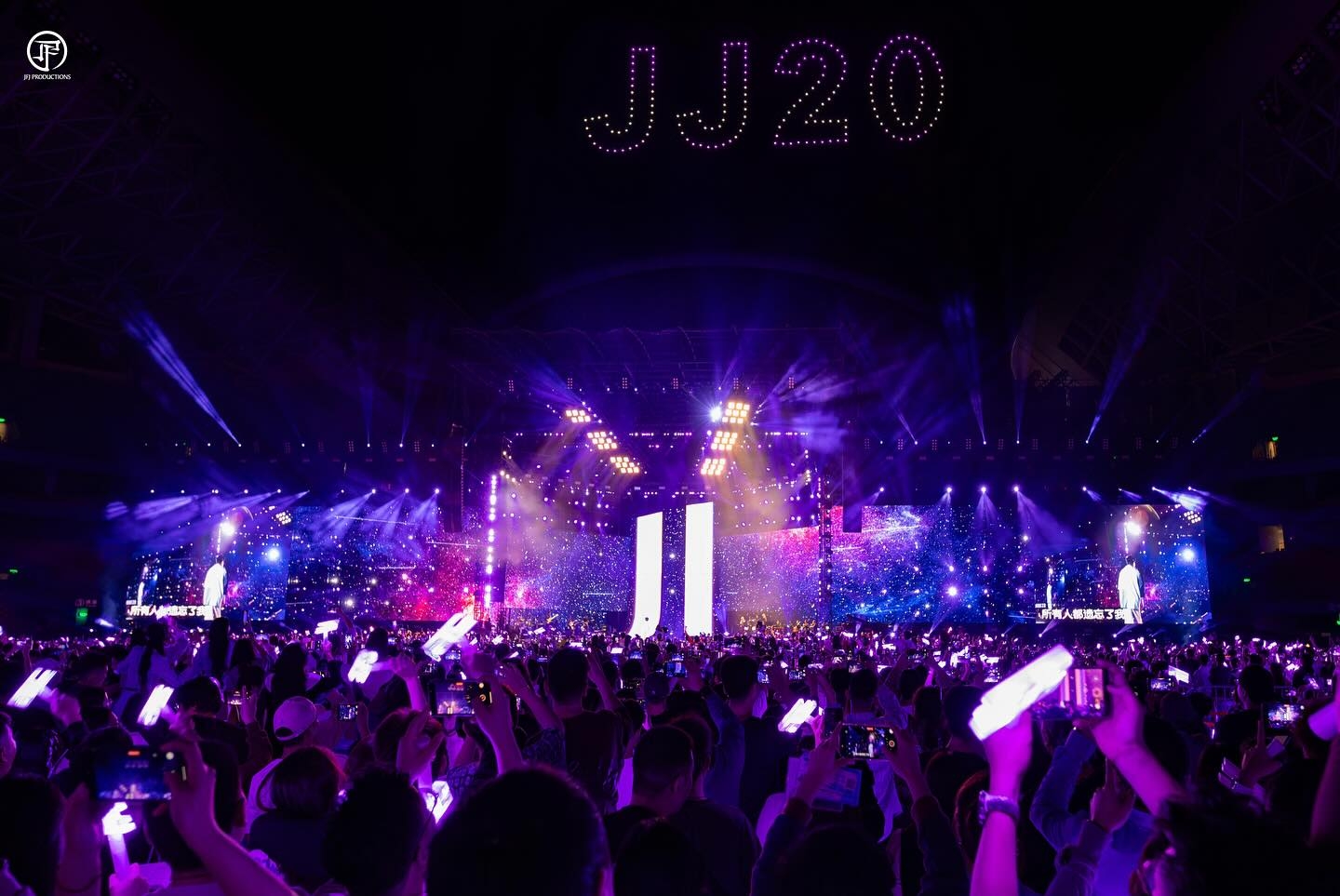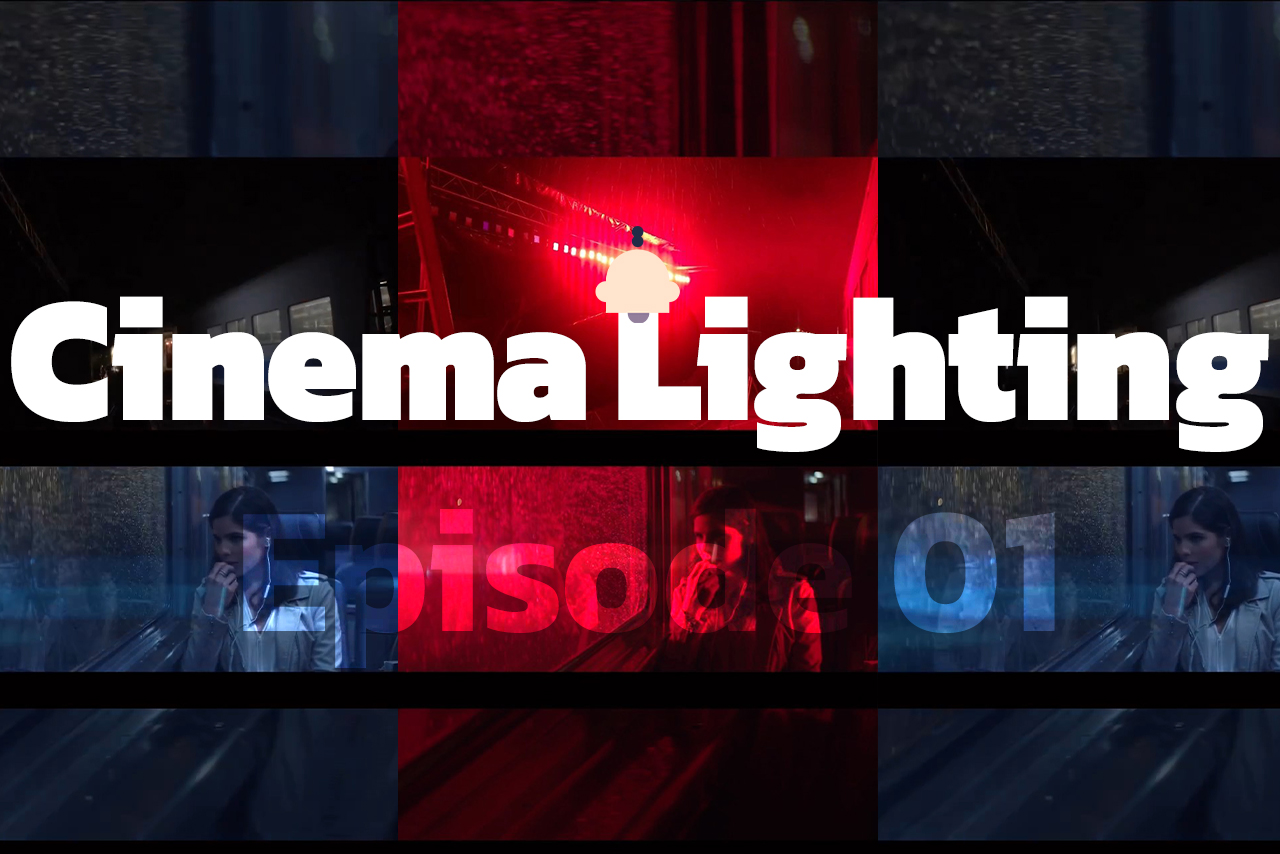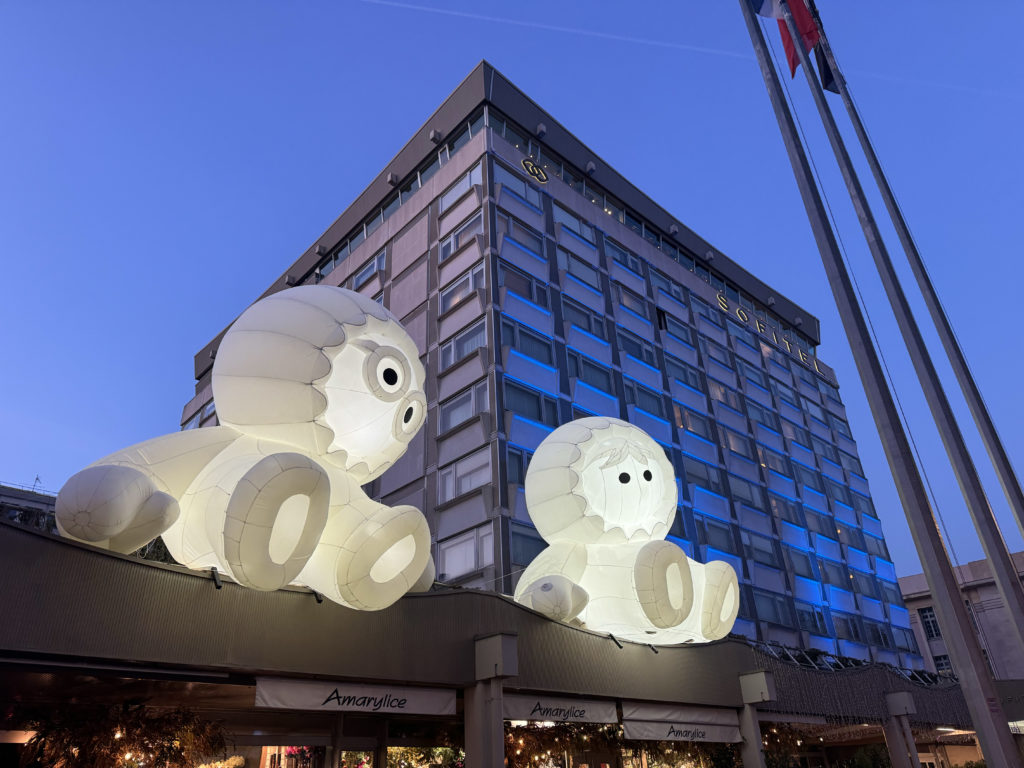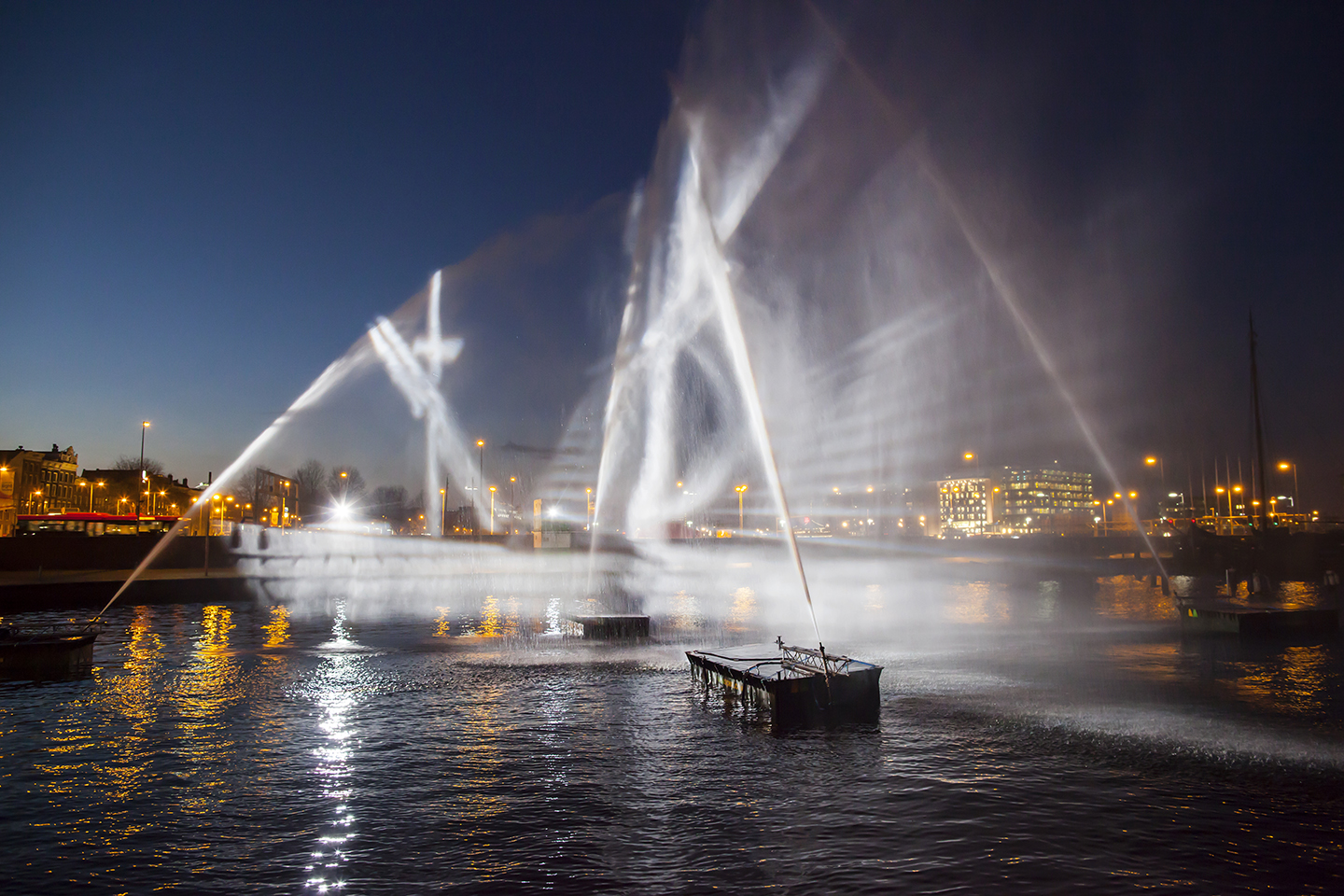What is staged in the lighting design of the “Zeus + Dione Resort 24” show is more than just a fashion presentation; it is a contemporary statement about the relationship between human beings and place, light and memory. Set in an abandoned pier where rust and decay have become part of the architecture, the lighting designer boldly chooses not to conceal the scars of the space, but to bring them into expressive focus. Light is not used merely as a decorative element but as a narrative tool that speaks with the space highlighting its fractures and transforming the silence of tired steel into a visual rhythm. The location itself, beside the Hellas Liberty floating museum, evokes a return to the past yet not one of nostalgia, but a modern reinterpretation of history, where light becomes the canvas that blurs the boundary of time.
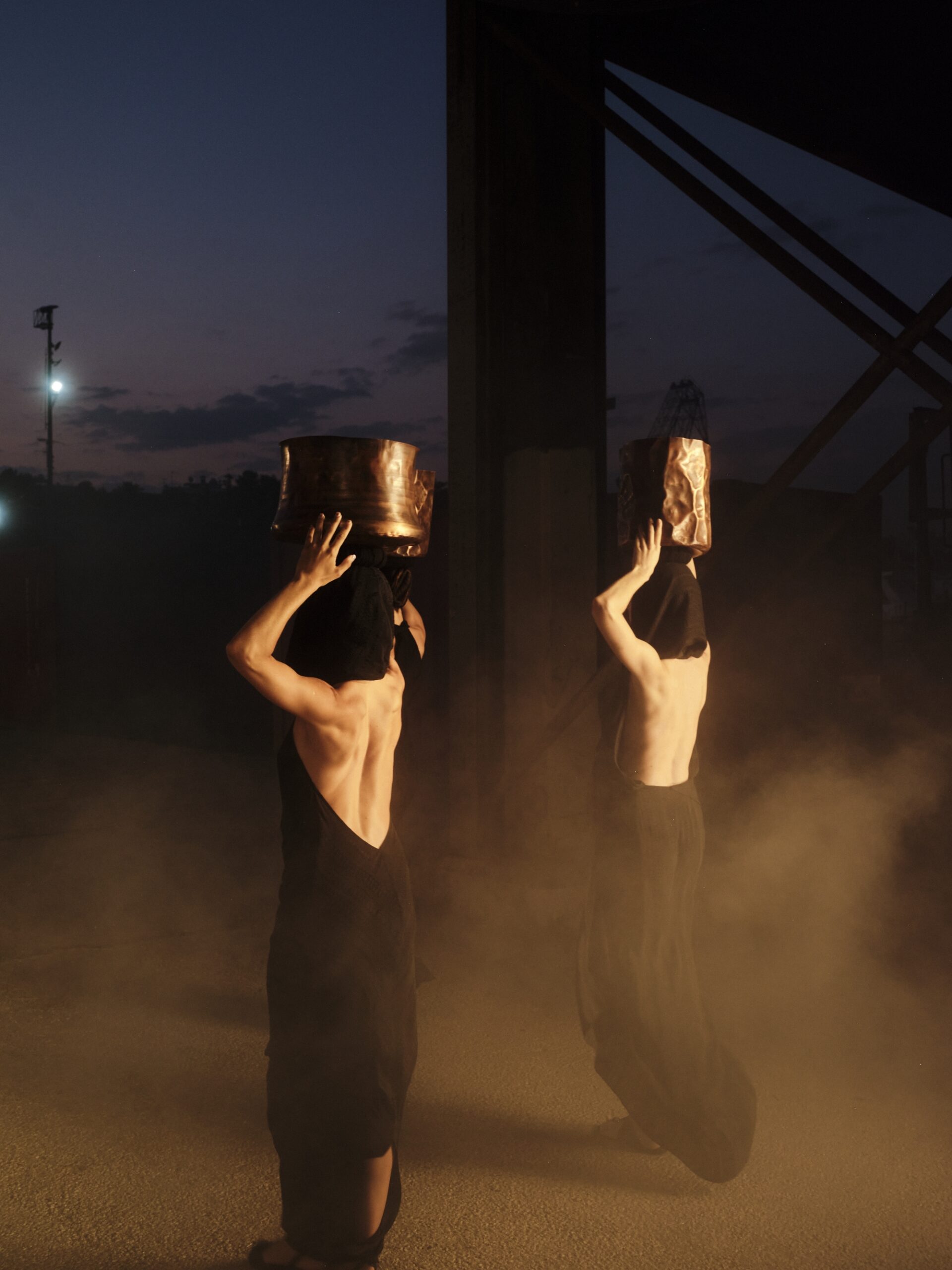
What captivates the eye is the dynamic and rhythmic mechanism of the lighting, the play of shadows falling in repeated patterns across the floor and walls, reminiscent of the expressionist strokes found in the works of Käthe Kollwitz, or perhaps more closely aligned with the desolate and shadow-laden atmospheres in Edward Hopper’s paintings. The lights cast from above and behind, made visible through hazers that delineate the beams, give the space a quality that lies between reality and illusion as though the models are emerging from the rift between two moments in time. Here, light subtly transforms an industrial mass into a theatrical stage without ever seeming artificial or imposed.
Functionally, the lighting is intelligently orchestrated to maintain full focus on the garments without overwhelming the eyes. The use of backlighting carefully reveals textures and silhouettes, allowing the fabrics to speak through movement, while side lighting accentuates the tactile nuances of the pieces. The neutral-toned edge lighting creates a balance between the warm interior glow of the abandoned structures and the cool, almost clinical sharpness of the spotlighting. This contrast not only deepens the visual field but also represents the dichotomy of the contemporary world a world of memory and a world of velocity.
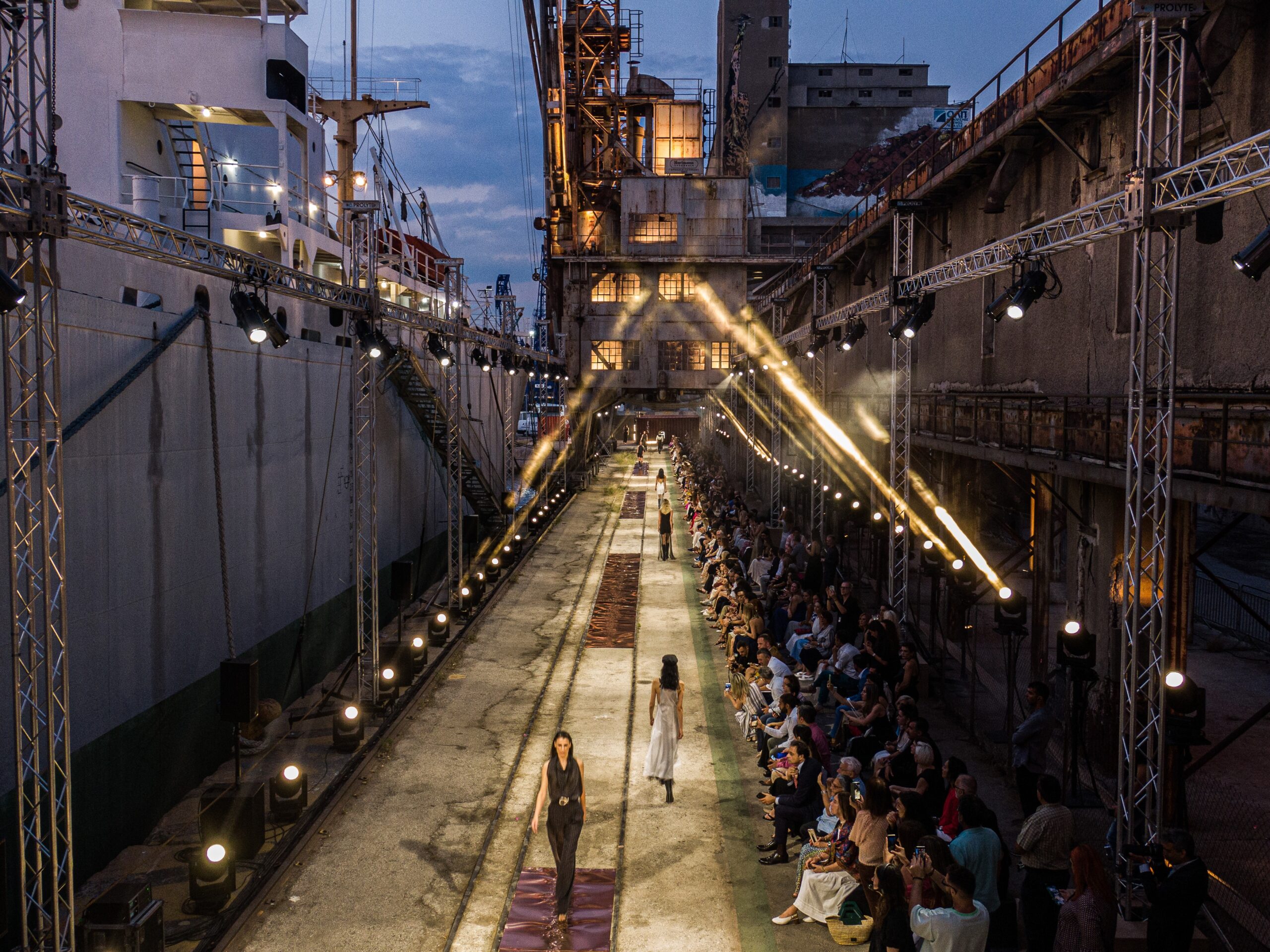
From a gestalt perspective, all elements from the time-worn textures of the ground to the interplay of light, movement, and sound are so intricately interwoven that the boundaries between space and show, location and story, dissolve. Light becomes more than a tool for vision; it becomes a tool for perception. We are not simply viewing clothes we are experiencing the space, not separately, but as part of the models themselves, as a living backdrop. If there is a single inspiration behind this design, it may well be the experience of walking through an abandoned factory at midnight a sensation also echoed in the Kafkaesque atmosphere and in the later works of Tarkovsky a space suspended in neither time nor place, filled with silent sounds and lights rising from the depths of memory.
Ultimately, the lighting here is not only a functional aid to highlight fashion it becomes a garment for the space itself. An invisible cloth wrapping around the docks and walls, illuminating their solitude, and gifting the viewer the courage to find beauty within darkness. To say that light in this project is not just illumination but narration would not be an exaggeration a narration of decay, presence, and passage.
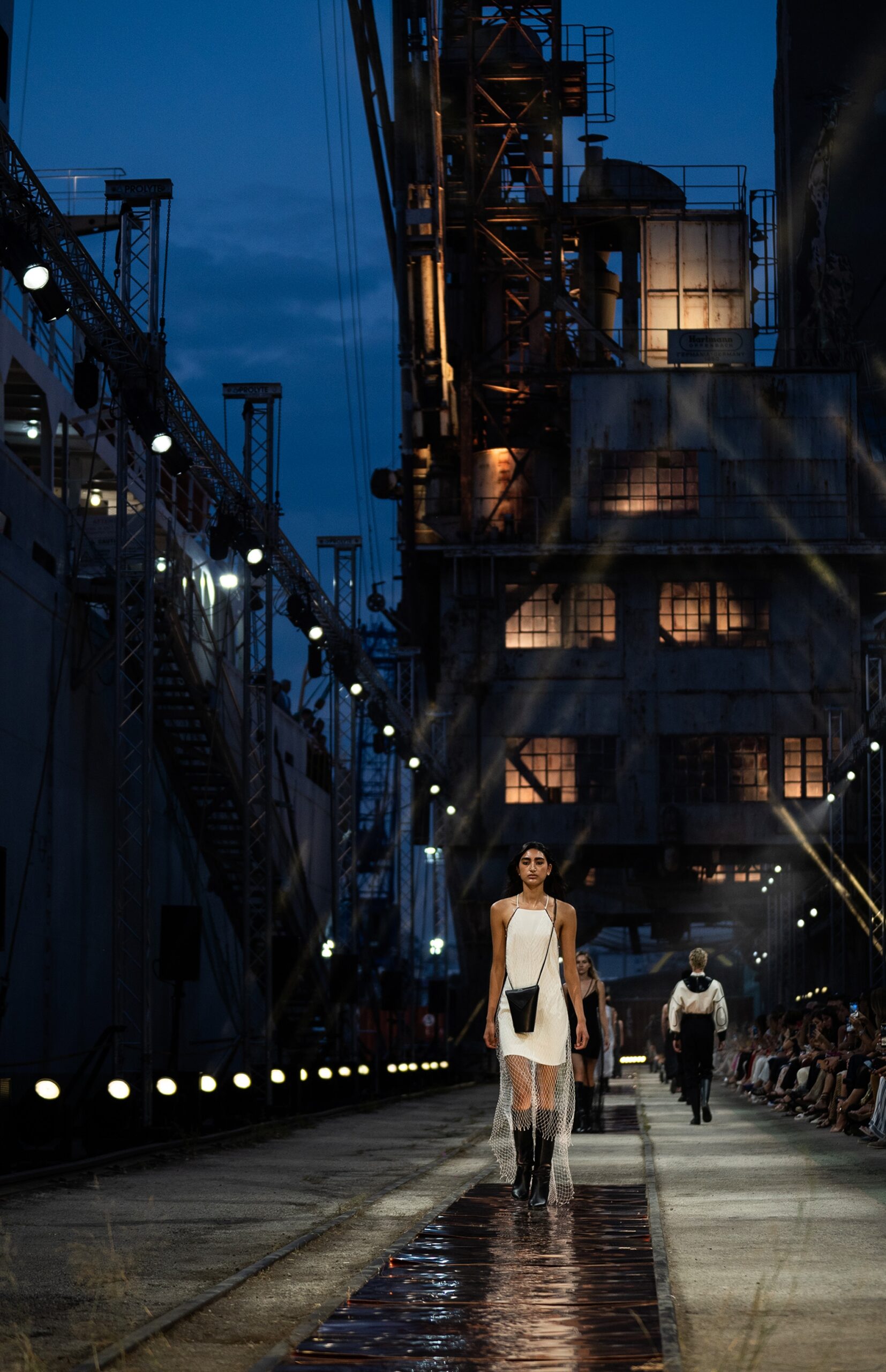
Brand : Eleftheria Deko & Associates Lighting Design
Designer : Eleftheria Deko, Marios Schwab
Photo Credits : Giorgos Kaplanidis, Kosmas Koumianos, Federico Pompei
Prize: LIT Lighting Design Award
